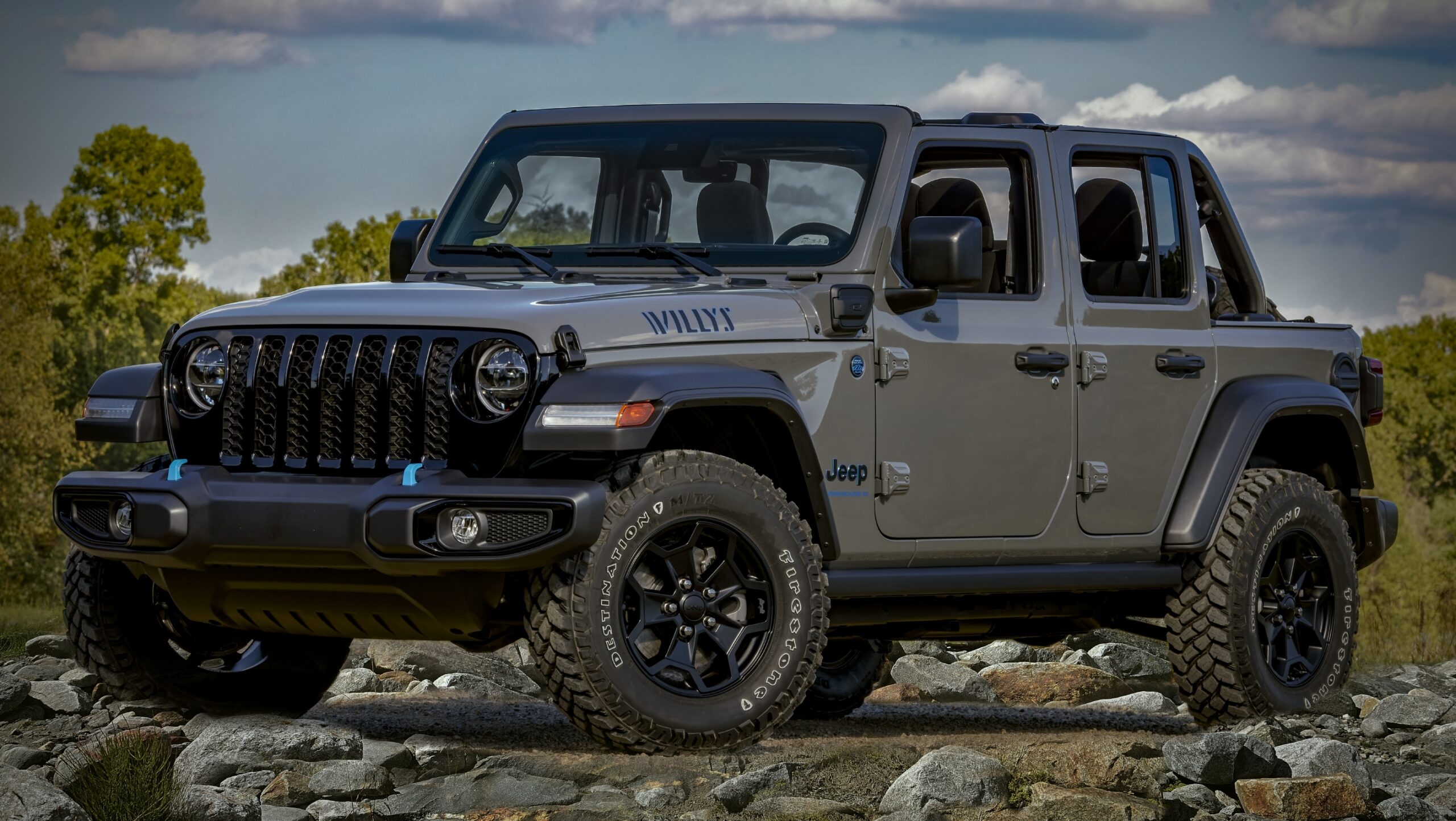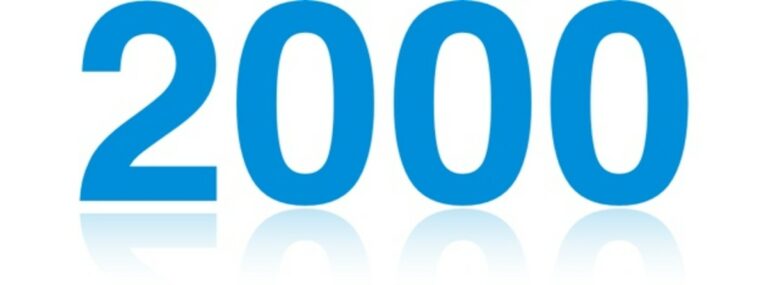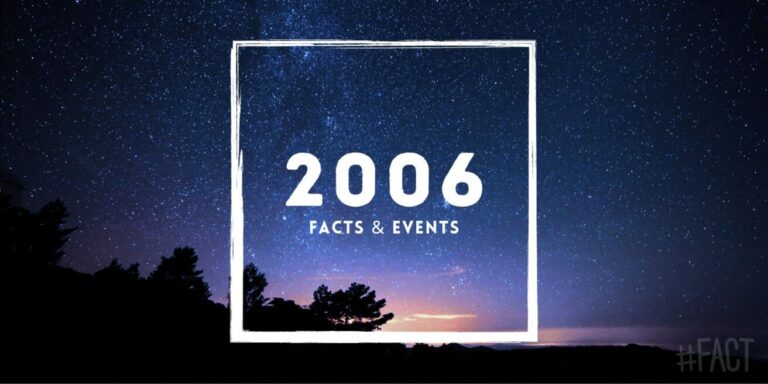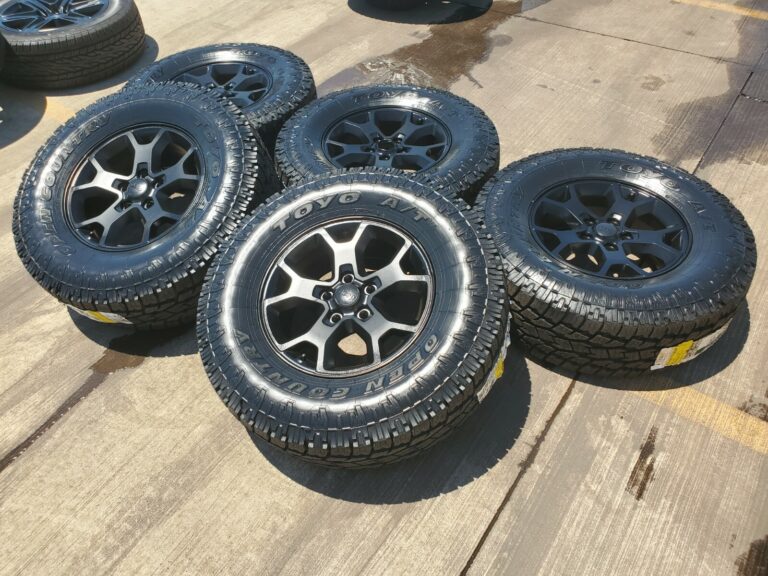Jeep Wrangler 1990 To 1995 For Sale: A Comprehensive Buyer’s Guide
Jeep Wrangler 1990 To 1995 For Sale: A Comprehensive Buyer’s Guide jeeps.truckstrend.com
The Jeep Wrangler is more than just a vehicle; it’s an icon, a symbol of freedom, adventure, and unyielding capability. Among its storied generations, the YJ series, produced from 1987 to 1995, holds a unique place in the hearts of many enthusiasts. Specifically, the 1990 to 1995 models represent the refined end of this era, offering a blend of classic ruggedness with some crucial updates that make them highly sought after in today’s used vehicle market. For anyone considering a dive into the world of authentic off-roading or simply seeking a unique piece of automotive history, understanding what to look for when a Jeep Wrangler 1990 To 1995 For Sale appears is paramount. This comprehensive guide aims to equip you with the knowledge needed to make an informed purchase, ensuring your venture into YJ ownership is as rewarding as the adventures it promises.
Why Choose a 1990-1995 Jeep Wrangler YJ?
Jeep Wrangler 1990 To 1995 For Sale: A Comprehensive Buyer’s Guide
The YJ generation, often recognized by its distinctive square headlights – a feature that initially sparked debate among purists but has since become a hallmark of its unique identity – offers several compelling reasons for ownership:
- Classic Aesthetics and Character: The YJ embodies the quintessential "Jeep look" with its upright stance, exposed hinges, and removable doors/windshield. The square headlights, while polarizing, set it apart and give it a retro appeal that differentiates it from its round-eyed predecessors (CJ) and successors (TJ, JK, JL).
- Robust Mechanicals: These models largely retained the simple, durable mechanical design that made Jeeps famous. Particularly, the introduction of the 4.0L High Output (HO) inline-six engine in mid-1991 transformed the YJ’s performance, offering legendary reliability and ample torque for both on-road driving and off-road crawling.
- Simplicity and Modifiability: The YJ’s leaf-spring suspension and relatively basic electronics make it straightforward to work on for the home mechanic. The aftermarket support for parts and modifications is immense, allowing owners to customize their Jeeps for any purpose, from extreme rock crawling to comfortable daily driving.
- Off-Road Prowess: At its core, the YJ is a highly capable off-road machine. With solid axles, good ground clearance, and robust 4×4 systems, it can tackle challenging terrains with surprising ease.
- Affordability and Value: Compared to newer Wranglers, YJs are significantly more affordable, offering an accessible entry point into the Jeep lifestyle. Furthermore, well-maintained YJs are starting to appreciate in value as they transition into classic status, making them potentially sound investments.

Key Features and Specifications (1990-1995 YJ)
Understanding the core specifications of these models will help you differentiate between various options and identify the best fit for your needs.
- Engines:
- 2.5L AMC I4 (4-cylinder): Standard engine throughout the YJ production. Decent for lighter duty and better fuel economy, but lacks the power for serious off-roading or highway cruising, especially with larger tires.
- 4.2L AMC I6 (6-cylinder, carbureted): Available from 1990 to early 1991. Known for its torque but often plagued by carburetor issues. Many owners convert these to fuel injection for improved reliability and performance.
- 4.0L High Output (HO) AMC I6 (6-cylinder, fuel-injected): Introduced mid-1991 and ran through 1995. This is the undisputed workhorse and the most desirable engine. It’s renowned for its bulletproof reliability, strong torque, and excellent aftermarket support. If you find a 1991.5-1995 YJ with this engine, it’s generally the preferred choice.

- Transmissions:

- Manual: Primarily the Aisin AX-15 (5-speed manual, paired with the 4.0L HO and some 4.2L). Earlier 4.2L models might have the less robust Peugeot BA-10/5. The AX-15 is a strong, reliable unit.
- Automatic: TorqueFlite 999 (TF-999) or later the 32RH (3-speed automatic). Both are durable, simple automatics, though a 3-speed can feel limited on the highway compared to modern transmissions.
- Transfer Cases:
- NP231 Command-Trac: Part-time 4WD, standard on most YJs. Very robust and widely used.
- NP207 Selec-Trac: Full-time 4WD option, less common.
- Axles:
- Front: Dana 30 (high pinion).
- Rear: Dana 35 (most common). Some earlier models (e.g., Renegade, Laredo, or special packages) might have come with the stronger Dana 44 rear axle, which is highly sought after.
- Suspension: Leaf springs at all four corners, providing a simple and durable setup, though ride quality can be firm.
- Body Styles: Available as a two-door with options for a soft top, hardtop, or bikini top.
What to Look For When Buying (A Buyer’s Guide)
When a Jeep Wrangler 1990 To 1995 For Sale catches your eye, a thorough inspection is crucial. These vehicles are nearly three decades old, and their condition can vary wildly.
-
Rust (The Ultimate Enemy): This is the single most critical factor. YJs are notorious for rust, especially in areas where salt is used on roads.
- Frame: Inspect the entire frame, particularly around the skid plate, control arm mounts, shackle mounts, and directly above the rear wheels. Look for soft spots, bubbling, or previous patch jobs.
- Body: Check floorboards (especially under the carpets), rocker panels, fender wells, tailgate (common for rust around the spare tire mount), and door hinges.
- Underbody Components: Fuel tank skid plate, spring hangers, and exhaust system.
- Solution: Minor surface rust is manageable, but extensive frame rot is a deal-breaker unless you’re prepared for significant fabrication work.
-
Engine Condition:
- 4.0L HO: Listen for knocking, ticking (especially "TUPAI" – the Usual Places All Injectors – a common, non-critical lifter tick), and excessive smoke. Check for oil leaks around the valve cover, oil filter adapter, and rear main seal.
- 4.2L: Inspect for vacuum leaks and proper carburetor function. A hard starting, stalling, or poor running 4.2L often indicates carb issues.
- All Engines: Check fluid levels, condition of belts and hoses, and look for signs of overheating.
-
Transmission and Transfer Case:
- Manual: Shift through all gears while stationary and then on a test drive. Listen for grinding, especially when shifting into 2nd gear. Check clutch engagement.
- Automatic: Ensure smooth shifts, no slipping, and proper engagement into drive and reverse.
- Transfer Case: Engage 4-high and 4-low. Ensure the shifter moves smoothly and the lights on the dash (if equipped) indicate proper engagement. Listen for unusual noises in 4WD.
-
Axles and Drivetrain:
- Check for leaks around the differential covers and pinion seals.
- Inspect U-joints on the driveshafts and front axles for play or rust.
- Listen for clunking or whining noises during the test drive, which could indicate worn differential gears or bearings.
-
Suspension and Steering:
- Leaf Springs: Check for sagging, broken leaves, or excessive rust at the mounts.
- Bushings: Inspect all suspension and steering bushings for cracks or deterioration.
- Steering: Look for excessive play in the steering wheel. Check tie rods, drag link, and the steering box for leaks or looseness. The "death wobble" is a serious issue that indicates worn steering or suspension components.
-
Brakes:
- Check for firm pedal feel. Spongy brakes indicate air in the lines or a faulty master cylinder.
- Inspect brake lines for rust or leaks, especially where they run along the frame.
- Check rotors, pads, and rear drums for wear.
-
Electrical System: Test all lights, gauges, wipers, horn, heater/AC, and radio. Aftermarket wiring can be a nightmare if not done correctly.
-
Soft Top/Hardtop: Inspect the condition of the fabric or fiberglass, zippers, windows, and seals. Replacing these can be costly.
-
Aftermarket Modifications: Many YJs have been modified. Assess the quality of any lift kits, oversized tires, bumpers, or winches. Poorly installed lifts can lead to handling issues and premature wear on drivetrain components. Ensure tire size is appropriate for the axle gearing.
-
Documentation: Always ask for service records and a clean title. A Carfax or similar report can reveal accident history or title issues.
Practical Advice and Actionable Insights
- Pre-Purchase Inspection (PPI): Even if you’re handy, invest in a PPI by a trusted mechanic who specializes in Jeeps or off-road vehicles. They can spot issues you might miss.
- Budget for the "Jeep Tax": Older Jeeps often require ongoing maintenance. Factor in a budget for immediate repairs, deferred maintenance, and potential upgrades.
- Join the Community: The Jeep community is vast and incredibly helpful. Online forums and local clubs are invaluable resources for advice, parts, and camaraderie.
- Parts Availability: Don’t worry about finding parts. The aftermarket for YJs is robust, and many OEM parts are still available.
- Know Your Purpose: Are you building a dedicated off-roader, a weekend cruiser, or a daily driver? Your intended use will influence the condition you seek and the modifications you might consider.
Potential Challenges and Solutions
- Rust: The most significant challenge. Solutions range from meticulous rust repair (if you’re skilled or willing to pay) to finding a "southern" Jeep from a rust-free climate.
- Ride Quality: The leaf spring suspension can be stiff. Solutions include aftermarket leaf springs, shackle relocators, or spring-over-axle conversions (advanced modification).
- Fuel Economy: YJs are not fuel-efficient, especially the 4.0L with larger tires. Accept it as part of the package.
- Safety Features: Minimal compared to modern vehicles. Drive defensively.
- Worn Components: Expected for a vehicle of this age. Plan for replacement of bushings, ball joints, u-joints, and possibly a clutch or brakes.
Estimated Price Guide: Jeep Wrangler YJ (1990-1995)
Please note that these are highly generalized estimates. Actual prices can vary wildly based on geographic location, specific model year, mileage, engine type, transmission, level of rust, modifications, and overall condition. A pristine, low-mileage 4.0L Sahara or Renegade will command a premium.
| Year Range | Condition: Poor (Significant Rust, Mechanical Issues) | Condition: Fair (Minor Rust, Needs TLC/Some Repairs) | Condition: Good (Minor Flaws, Mechanically Sound) | Condition: Excellent (Minimal Rust, Well-Maintained, Low Miles) |
|---|---|---|---|---|
| 1990-1991 (4.2L/2.5L) | $2,000 – $4,000 | $4,000 – $7,000 | $7,000 – $10,000 | $10,000 – $15,000+ |
| 1991.5-1995 (4.0L/2.5L) | $2,500 – $5,000 | $5,000 – $8,500 | $8,500 – $12,000 | $12,000 – $20,000+ |
Disclaimer: These prices are for general guidance only. A 4.0L YJ in "Excellent" condition, especially a rare package like a Sahara or Renegade with low mileage and minimal rust, could fetch even higher prices from a collector. Conversely, a heavily rusted or mechanically failing example might be found for less than the "Poor" range. Always conduct your due diligence.
Frequently Asked Questions (FAQ)
Q1: Are Jeep Wrangler YJs reliable?
A1: Generally, yes, especially models equipped with the 4.0L High Output engine. The 4.0L is renowned for its durability and longevity. Like any vehicle nearing 30 years old, regular maintenance is key, and some components will naturally wear out.
Q2: What’s the deal with the square headlights on YJs?
A2: The square headlights were a design choice made by AMC (American Motors Corporation) before Chrysler acquired Jeep. They were intended to modernize the Wrangler’s look and differentiate it from the older CJ series. While initially controversial among purists, they are now a defining and unique characteristic of the YJ generation.
Q3: Which engine is best for a YJ?
A3: The 4.0L High Output (HO) inline-six, introduced mid-1991, is overwhelmingly considered the best engine for the YJ. It offers excellent power, torque, and legendary reliability, making it ideal for both daily driving and off-road adventures.
Q4: Is rust always an issue with YJs?
A4: Rust is a very common issue, particularly in regions that use road salt. It’s crucial to inspect the frame and body thoroughly for rust, as it can compromise the vehicle’s structural integrity. Finding a rust-free YJ is challenging but not impossible; they often come from dry, southern climates.
Q5: Can I daily drive a 1990-1995 YJ?
A5: Yes, many people daily drive YJs. However, be prepared for a less refined ride compared to modern vehicles due to the leaf-spring suspension. Fuel economy is also not a strong suit. They are, however, reliable enough for daily use if well-maintained.
Q6: Are parts hard to find for YJs?
A6: Not at all. The aftermarket support for YJ Wranglers is excellent, with a wide range of parts available for maintenance, repair, and modification. OEM parts can also still be sourced for many components.
Conclusion
The 1990 to 1995 Jeep Wrangler YJ represents a sweet spot in the Wrangler lineage: a classic design, robust mechanicals, and an ever-growing enthusiast community. For those seeking an authentic, capable, and customizable off-road vehicle that also possesses a unique vintage charm, the YJ is an exceptional choice. While the search for a "Jeep Wrangler 1990 To 1995 For Sale" requires patience, a keen eye for rust, and a willingness to understand its mechanical nuances, the reward is an unparalleled driving experience and a true piece of automotive Americana. With the right approach and a thorough inspection, you can find a YJ that will provide years of open-air adventures and rugged reliability, proving that sometimes, the square pegs truly do fit into the round holes of our hearts.





